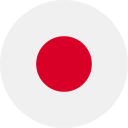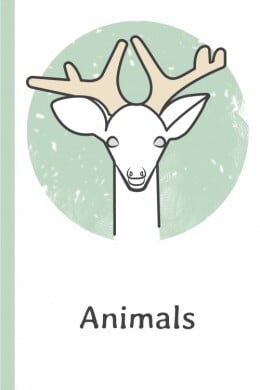the front part of an insect's body that contains the eyes, antennae, mouth, and other sensory parts, and is connected to the rest of the body by a small joint called the neck

頭, ヘッド
the anterior part of an insect, especially an arthropod, behind the thorax

腹部, 腹
the middle part in the body of an insect between the head and the abdomen that bears the limbs or wings

胸部, 胸郭
(zoology) any of the pair of sensory appendages on the head of an insect, crustacean or arthropod

触角, 感覚触角
a complex visual organ with multiple lenses found in insects and crustaceans

複眼, 多眼レンズの目
any of the pair of tentacles of an insect or crustacean that help them to sense touch or taste

触角, 触手
fine, delicate strands produced by a spider's web, often seen floating in the air or clinging to surfaces

クモの糸, 細い糸
any of the sharp curved organs of an arthropod or insect, such as a crab, lobster, etc.

はさみ, つめ
a long, tubular feeding organ found in many insects, such as butterflies, moths, and flies, which is used to suck up nectar, other liquids, or in some cases, blood

吻, プロボスキス
one of the parts that make up the insects' body and are repeated, like the head, thorax, and abdomen, and each one usually has a pair of legs and other structures

節
a sharp, pointed organ found in certain animals that is used to inject venom or deliver a painful sting

針, 毒針
a rigid, branching structure that provides support and strength to the wing, allowing for controlled flight

翅脈, 静脈
the internal bony structure of an animal that gives it form and supports its weight

内骨格, 内部骨格
the hard outer covering that supports the body of an animal, such as an arthropod

外骨格, 甲殻
a thin flat membrane of the body of many sea creatures, used for swimming and keeping balance

ひれ, 背びれ
the poisonous substance produced by some snakes, scorpions, or spiders to kill their prey or to defend themselves from predators

毒
any of the various flexible limbs of an animal, especially an invertebrate, which enable it to move or hold things

触手, 付属肢
an organ of a fish or an amphibian through which it can obtain the oxygen that is dissolved in water

えら, 魚の呼吸器官
a paired, wing-like appendage located on the sides of the body of fish, used for stability, maneuverability, and generating lift during swimming

胸びれ, ペクタラルフィン
the rectum or external opening in some animals, such as a fish, bird, etc., through which waste is passed

総排出腔, 肛門
the middle segment of the thorax in animals, typically bearing the middle legs and forewings in insects

中胸, 胸部の中間部分
the posterior of the three segments that make up the thorax, located behind the mesothorax and typically bearing the hind legs and the hindwings in insects

後胸, 胸部の後部の節
the anterior wing of an insect, typically larger and more developed than the hindwing, that plays a key role in flight

前翅, 主翼
the posterior pair of wings in insects, located on the metathorax, and typically used for balance, maneuverability, and gliding during flight

後翅, 後翅
the last section of the digestive tract, which includes the colon, rectum, and cloaca

後腸, 消化管の最後の部分
(anatomy) each of the pair of tubes in the female body through which eggs pass to the ovary

卵管, ファロピウス管
the specialized structures located around the mouth used for feeding, grooming, and other related functions

口器, 口部構造
a protective covering or lid-like structure that can be found in various organisms, such as fish, snails, and some insects

蓋, 保護カバー
a sensory system found in fish and some aquatic animals that detects changes in water pressure

側線, 側線感覚システム
a prominent fin located on the back of fish and certain marine mammals, providing stability

背びれ, ドーサルフィン
a small, fleshy fin located on the back of some fish, typically behind the dorsal fin

脂鰭, 脂肪鰭
the posterior part of a fish or aquatic animal's body, composed of fins that provide propulsion and maneuverability

尾びれ, 魚の尾
a light-emitting organ found in certain animals, such as deep-sea fishes and cephalopods, which is used for communication, camouflage, or attracting prey or mates

発光器, 光を放つ器官
a pair of paired fins located on the ventral side of a fish's body which aid in stability, maneuverability, and sometimes reproductive functions

腹びれ, 骨盤びれ
| 動物 |
|---|
